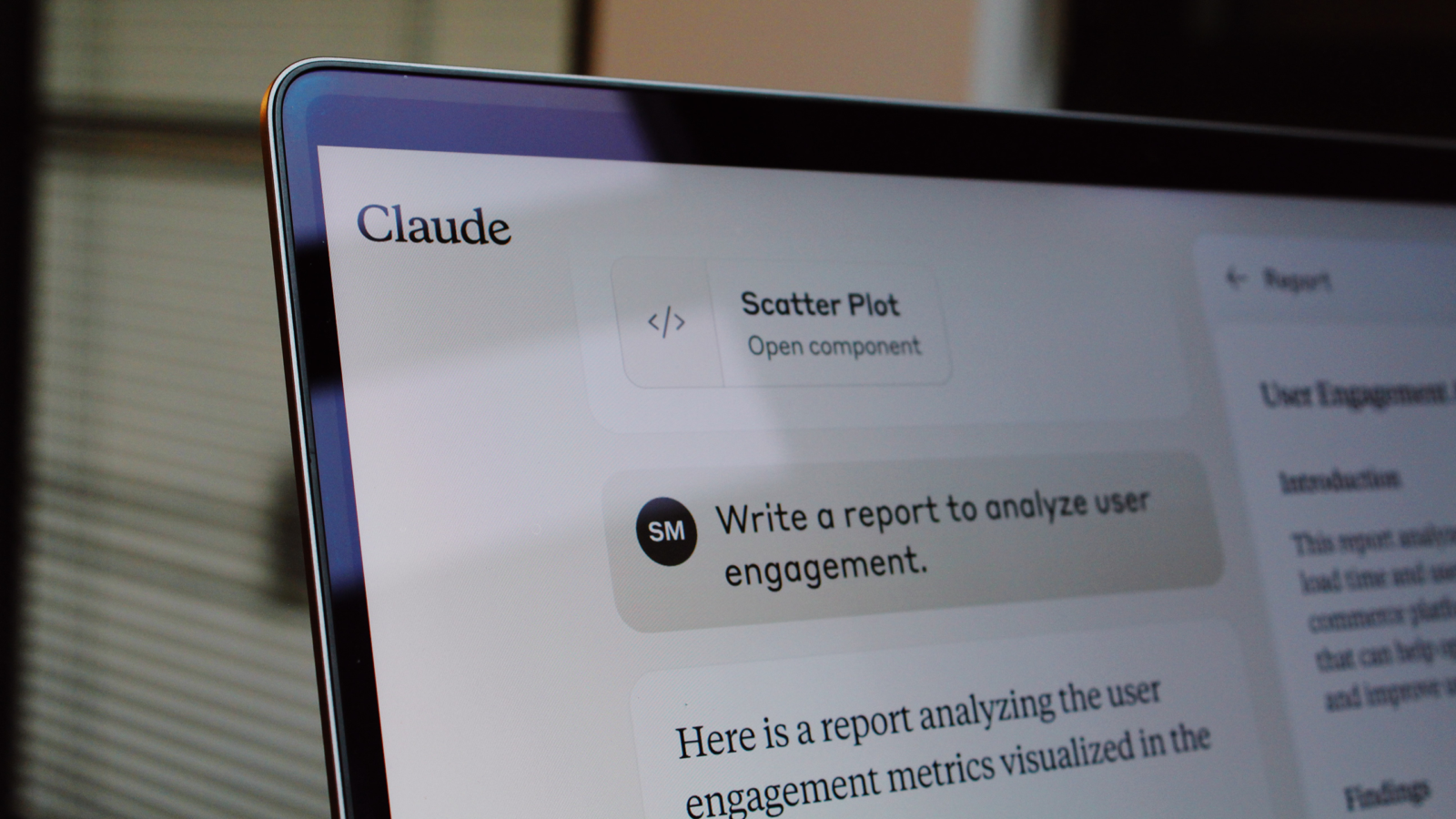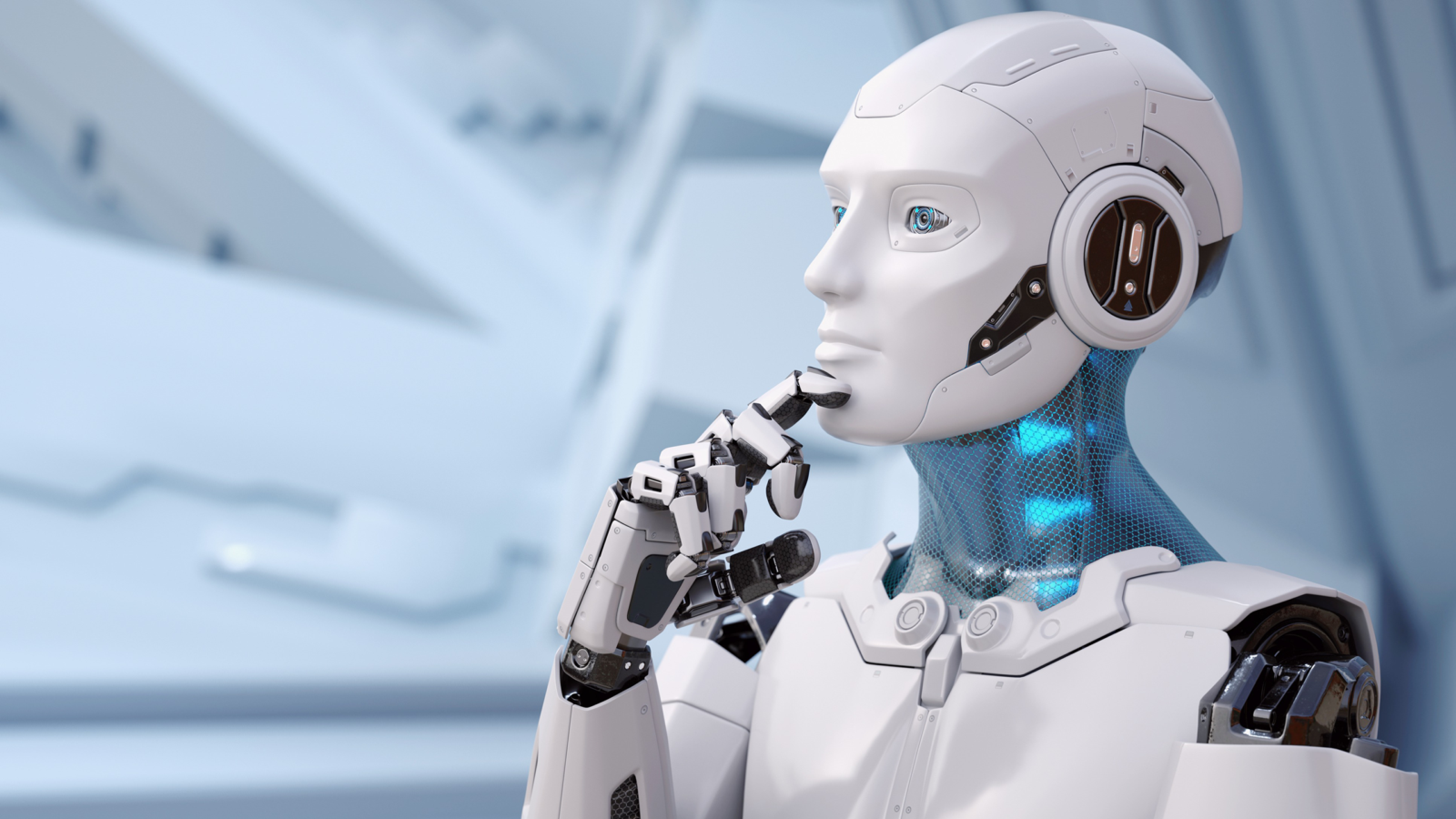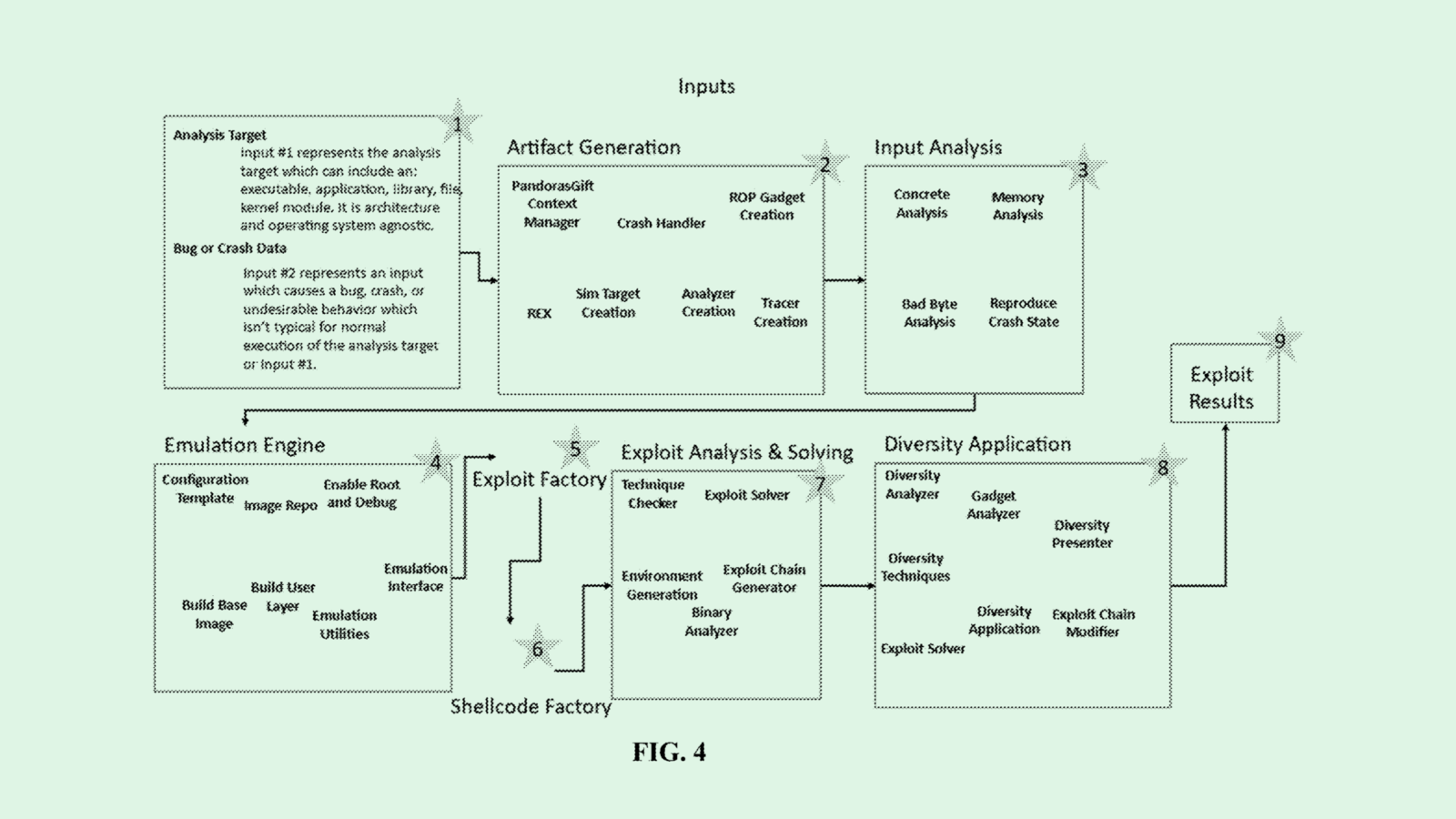Happy Thursday and welcome to CIO Upside.
Today: Data and math jobs may be more ready for the AI wave than others – but many enterprises need to create “equitable access” to the tech. Plus: The limited enterprise value of humanoid robotics; and Booz Allen Hamilton’s patent finds software weaknesses before attackers do.
But first, a quick programming note: CIO Upside is taking off Monday, February 17 in observance of Presidents’ Day. We’ll be back on Thursday, February 20 with a special edition Q&A with Paul Smith, president of global customer and field operations at ServiceNow.
Let’s jump in.
Why Tech Roles Adopt AI Faster Than Others

AI is changing the way we work. But it may be changing some sectors more than others.
The Anthropic Economic Index, released by the model developer earlier this week, found that workers in the computation and mathematics field tend to use its AI models more than those in others. The report highlights that while some jobs more easily adapt to AI, other roles require a “nuanced” approach, said Julie Geller, principal research director at Info-Tech Research Group.
“It makes sense that it’s been adopted in this way … it’s making the biggest impact there,” said Geller. “But that doesn’t mean that it can’t make a big impact on a variety of roles.”
Anthropic’s index, which analyzed user conversations with Claude, its AI assistant, while preserving user privacy, found that more than 37% of users were using the chatbot for “computer and mathematical tasks.”
- Some of the top user groups include computer programmers and software developers of systems and apps, using the platform to develop, debug code or troubleshoot problems.
- AI models are a natural fit for collaboration with technical jobs, said Geller, assisting and speeding up things like code generation or user interface design. Developer copilots are an enterprise AI niche that a lot of tech giants have leaned into, including Google, Microsoft-owned Github, OpenAI and Amazon.
But adoption gets tricky once you look beyond the tech-heavy roles, said Geller. A lot of organizations are still navigating where the line should be drawn to implement AI into departments like marketing, sales and HR. “There’s so many different approaches that it becomes a bit more niggly on who drives what – how do we come together?” she asked. “How do we collaborate? How can we agree?”
And like any AI implementation, there are a few risks that come along with it. AI still faces data security issues, and using large, publicly available models with your workforce’s data could put certain information at risk. Additionally, there’s the risk of “overreliance,” said Geller.
“You can get into that mode of “set it and forget it,” or just copy and paste whatever output you’re getting from that agent,” said Geller. “And that can lead to some pretty bad decisions and sets the bar fairly low.”
However, as a lot of companies are struggling to see a return on their AI implementations, many are looking for broader, “end-to-end” applications rather than just leveraging it for technical roles, she said. A survey published last week by Informatica found that 97% of respondents are struggling to decipher the value of their organization’s generative AI initiatives.
Figuring that out takes more than just throwing AI at every department and seeing what sticks. Focusing on the ways individual departments can benefit and offering “equitable access” to the tech is vital “if you want to maximize impact across the organization,” Geller said.
The other important factor is education, said Geller. That means both creating a clear and consistent policy with employees on how they should (and shouldn’t) use AI, and teaching them how to leverage the models properly in the first place. Enterprises investing in upskilling programs to help employees “transition into AI-augmented roles and addressing the skills gap is going to be really important to integration.”
“It’s not OK to leave any part of your business behind, or any part of your workforce behind,” Geller added.
What is the Point of a Humanoid Robot?

With all the implementations of AI that have bubbled up over the past year, humanoid robotics has caught a lot of attention.
Both startups and tech giants have thrown their hats into the ring, seeing the opportunity for these machines to serve as physical assistants, companions and stand-ins to do the things humans simply don’t want to do.
In the Big Tech camp, Tesla has long had high hopes for its Optimus robot, with CEO Elon Musk claiming that the company aims to build 10,000 robots this year. And at CES, Nvidia’s Jensen Huang showed off its Isaac GR00T Blueprint for training these machines, targeting the industrial and manufacturing sectors. Apple is also reportedly exploring humanoid robotics, according to Apple analyst Ming-Chi Kuo.
- Among startups, Figure AI has made tons of headlines: The firm entered a deal with OpenAI last year which it exited last week to focus on a “major breakthrough” with its own in-house AI. Founder Brett Adcock said in an X post that the firm intends to reveal “in the next 30 days something no one has ever seen on a humanoid.”
- The company raised $675 million last year at a valuation of $2.6 billion from investors including Nvidia, Microsoft, OpenAI and Amazon founder Jeff Bezos.
But for enterprises, there may not be too many use cases for a robot in the shape of a human, said Rhonda Dibachi, CEO at manufacturing-as-a-service company HeyScottie. While the manufacturing and industrial space is ripe for robotic innovation, “The potential market for a humanoid robot in the enterprise is a very small portion,” she said.
The “awe factor” of these robots may increase adoption and inflate the market, Dibachi said, getting enterprises, manufacturers and investors excited about the prospect of increased automation in factories. “The robot walking around is going to be much more impressive to investors than a robot slotting letters.”
But in manufacturing settings, anything extraneous only serves to drive up costs for the enterprise and create additional safety hazards if something goes wrong. “A robot should be built for the purpose that it’s supposed to serve,” said Dibachi. “There’s no reason why a warehousing and logistics robot has two arms.”
That said, the market for these devices could be a more “general purpose” one, said Dibachi, such as retail settings or general companionship. (The general purpose market is one that both Figure and Tesla are squarely targeting.)
But safety remains a huge barrier for all uses of robotics, said Dibachi, one that’s especially difficult to overcome for AI robots that are “non-deterministic,” or have unpredictable decision-making.
“I think it will be very difficult to fast-track any kind of truly autonomous AI – any kind of general purpose installation,” she said.
Booz Allen Patent Could Weed Out Security Leaks Early

Cyberattacks are getting more sophisticated. How can enterprises best stop a constantly evolving threat?
Tons of tech firms have sought patents for ways to detect and stop cyber threats in real time. But Booz Allen Hamilton is looking at ways to anticipate them: The company has applied for a patent for an “automated exploitation generation” system.
Booz Allen’s tech basically aims to detect and weed out potential vulnerabilities in software. This system would do so by creating a simulated environment to test any holes it’s identified without impacting real-world systems. Within this environment, the system runs a number of security tests, finding data security leaks or points where unauthorized action could be taken, and creates a report detailing the success rate and impact of the vulnerability.
This can help avoid attacks in a landscape “where the evolution of cyber-attacks is fast-paced and the effects of a cyber-attack can quickly cause widespread damage,” Booz Allen said.
AI has rapidly accelerated the sophistication of cyberattacks, with bad actors using it to quickly analyze code and find vulnerabilities. Plus, as AI is used within enterprises to build and deploy more code at a faster rate, bugs can easily slip through the cracks, said James Cassata, cloud security architect at Myriad360.
“Although it’s great that we can truly expedite the speed at which software is written, these solutions don’t necessarily think contextually about the other elements that go into the software, which could, of course, introduce vulnerabilities,” said Cassata.
And as bad actors get smarter, taking on their attacks as they happen may not be enough. Anticipating where these threats may strike could be the next step, said Michel Chamberland, founder of IntegSec. “If we don’t do it, the bad guys might already be there to find the vulnerability more easily and faster,” said Chamberland.
But while this tech can offer an additional layer, no single protocol is a panacea for security problems, said Chamberland. Security strategies require several layers, including training people to know what to watch for and constantly monitor for bugs and vulnerabilities, he said.
“You have to have many different layers of security … there’s no one thing that you can do to be prepared,” he said.
Extra Upside
- AI Disruption: Baidu plans to release the next generation of it’s AI model this year as DeepSeek and other Chinese companies race to compete with the U.S.
- Pay to Fly: Adobe is launching a standalone subscription for it’s Firefly AI image generator.
- Blurry Vision: SoftBank reported a $2.4 billion quarterly loss on Wednesday as investments under it’s Vision Fund fell into the red.
CIO Upside is written by Nat Rubio-Licht. You can find them on X @natrubio__.
CIO Upside is a publication of The Daily Upside. For any questions or comments, feel free to contact us at team@cio.thedailyupside.com.
